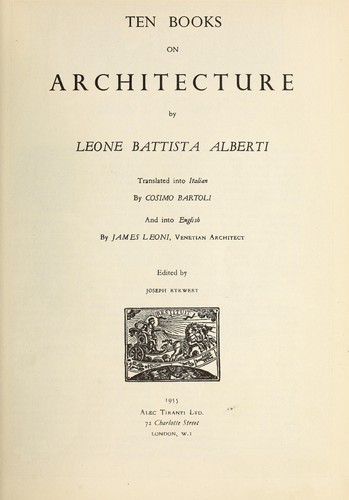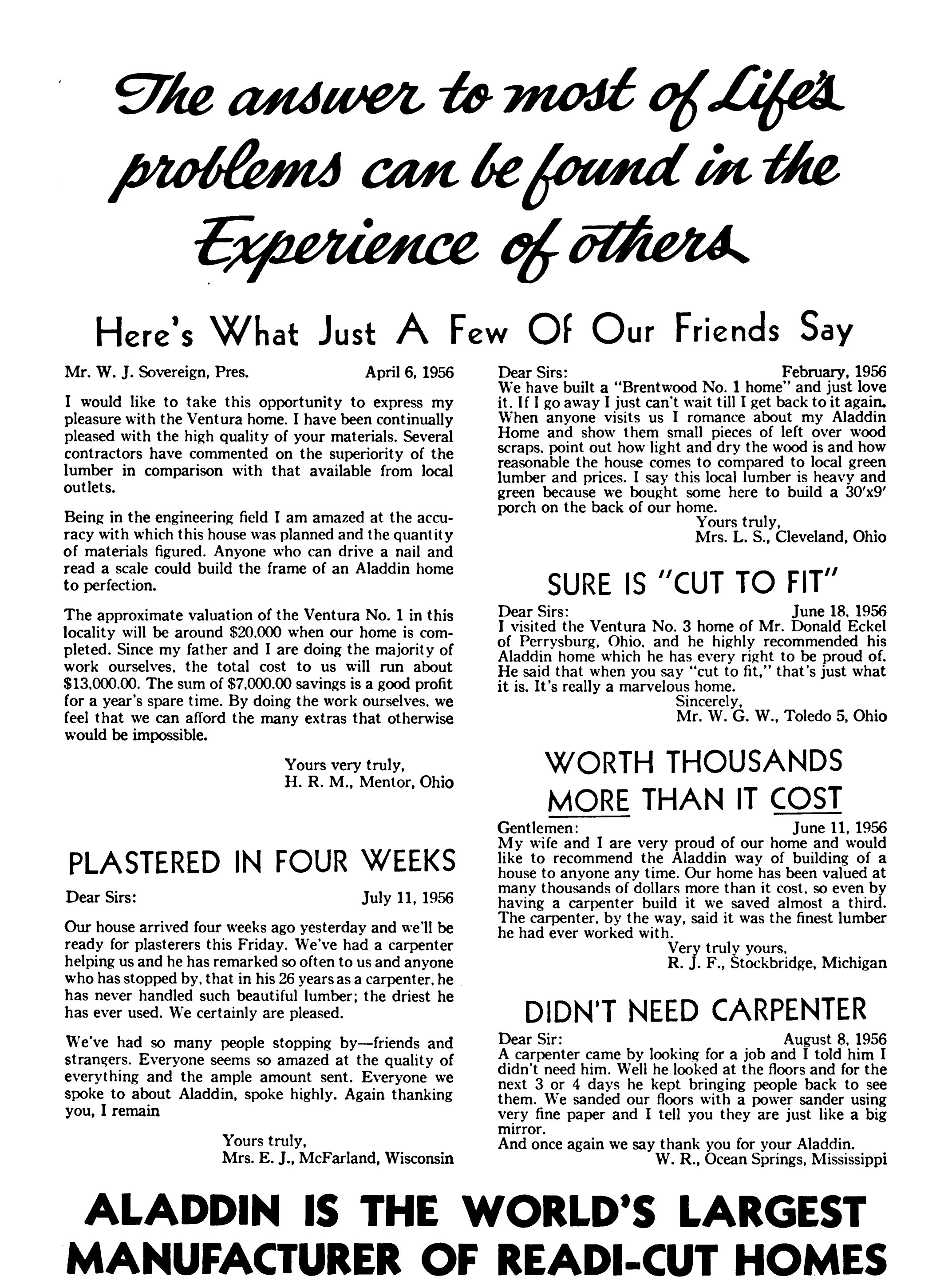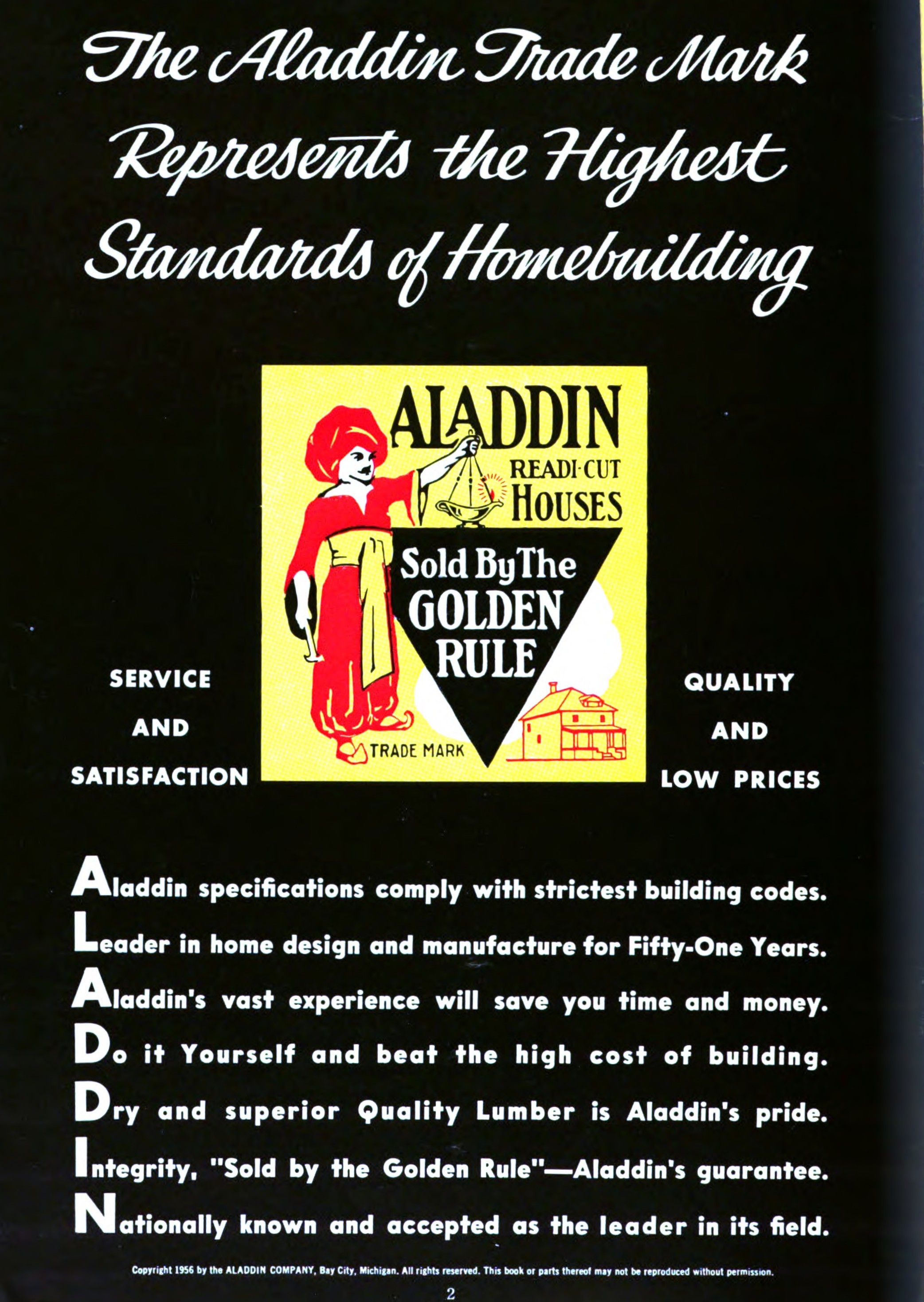
Texts and language, verbalized or written, have been a core component of architectural practice since our formalization into a profession. As a way to elevate and differentiate architecture from other building arts figures like Alberti, Serlio, and Peruzzi utilized writing as a tool to significant effect1. The production of treatise and books in those early years has played an important role in our understanding of their world, but also was fundamental to their position within society at the time2.
Throughout the twentieth century myriad manifestos, tomes, monographs, articles, editorials, theses, and texts of enumerable quantities were produced by architects looking to advertise their services, gain intellectual market share, and position a new way of working. In particular, Rem Koolhaas, Greg Lynn, and Denise Scott Brown have utilized writing as a venue through which to develop an alternative mode of practice; freeing themselves of the constraints of the building market.
Today, podcasts, lectures, and viral videos have further connected the profession to society, while other professionals engaged in a dual academic career produce research articles, essays, and books as the core of their professional development. Key moments of the translation of this work into non-english speaking countries has also led to significant dissemination of important ideas and projects, furthering both the canon and field in and inward and exterior movement.

Most contemporary architectural writing falls under the category of the discursive monologue. Appearing in both book length and short-form essays, they respond to current issues and can be quickly consumed and disseminated through magazines and online journals.
The monograph is a survey of an architect’s or architectural firm’s work. Originally developed as a professional portfolio, and written by architects themselves, it is rooted in self promotion. While the primary focus of the monograph is the architectural work rather than their life and teachings but many monographs will include a biographical essay often as part of the introduction.
A treatise is a written discourse about a subject that provides a survey of current knowledge. Vitruvius’ Ten Books on Architecture is the oldest surviving and one of the best-known examples of such architectural document.
The manifesto is a declaration of belief. Often political in its agenda, it claims a position and prescribes changes the author believes should be made. Similar to the treatise, it often includes a survey of current knowledge but differs in its deliberate intention to persuade and call to action.


The work-in-progress visualization of historical data collected on the changing nature of Text as a form of architectural production illustrates the evolution of this product of practice over time. This “fingerprint” of Text as a unique story of practice tracks time in chronological order on the y-axis while the x-axis hypothesizes the share of influence and dominance of a particular sub-product within the fixed total of the product. Learn more about the data visualization project and process here.
Vitruvius wrote the oldest surviving treatise, which was copied and preserved throughout the middle ages. It was accompanied by ancient trade manuals such as Mappae clavicula.
Alberti’s De re aedificatoria is based mainly on the work of Vitruvius and became the first printed book on architecture.
Palladio’s I quattro libri dell'architettura blurred the lines between the monograph and the treatise, using the author’s projects as a reference to understand universal architectural ideals.
The formal architectural monograph becomes a means for architects to advertise their services and share their work with others in the profession. Sir John Soane published five separate monographs in his life.
The rise of printing and literacy led to the publication of journals such as the Architectural Review. This gives rise to the discursive monologue, a position paper about architecture.
The manifesto replaces the treatise with the rise of modern architecture. It states what architecture should be rather than what it is. Le Corbusier’s Vers une architecture led other architects to take absolute positions leading to experimental writing informed by radical thought.
Postmodern thinking softens the absolutist positions of the previous generation. Venturi’s Complexity and Contradiction, a series of architectural essays followed by the author’s work, blurs the lines between monograph and discursive monologue. On the eve of the new millennium, OMA, Eisenman, and Stan Allen all publish seminal texts about their work and positions on architecture.
The rise of architectural journals attempts to keep pace with shortened attention spans of the modern reader. Each issue often focuses on a new topic, presenting multiple perspectives before moving on. Koolhaas revives the treatise with Elements, a tome that dissects architecture into parts.
McKim, Mead & White. (1915). A monograph of the work of McKim, Mead & White. New York: Architectural Book Publishing.
Museum of Modern Art. (1938). Architecture and Furniture: Aalto. New York: The Museum of Modern Art.
Mack, G., & Herzog & de Meuron. Herzog & De Meuron : Das Gesamtwerk = the Complete Works.
Fontana, Carlo. II Tempio Vaticano, 1694.
Fontana, Carlo. L'anfiteatro Flavio, descritto e delineato dal cavaliere, 1725.
Le Corbusier. Oeuvre Complete. Vol.1- Vol. 8, 1929-1970. Basel: Birkhäuser.
Zumthor, P., & Binet, H. (1998). Peter Zumthor Works: Buildings and Projects 1979-1997. Baden: Lars Müller.
Moneo, J., Moran, M., & Martínez de Guereñu, L. (2010). Rafael Moneo : Remarks on 21 works (1st ed.). New York: Monacelli Press.
O'Brien, W., & WOJR, Organization for Architecture, author. (2016). Room for artifacts : The architecture of WOJR. Zurich: Park Books.
Koolhaas, R., Mau, B., Sigler, J., Werlemann, H., & Office for Metropolitan Architecture. (1995). Small, medium, large, extra-large : Office for Metropolitan Architecture, Rem Koolhaas and Bruce Mau. New York: Monacelli Press.
Fontana, Carlo. Sopra il Monte Citatorio situato nel Campo Martio, 1708.
Adam, R., & Adam, James. (1980). The Works in Architecture of Robert & James Adam. New York: Dover Publications.
Giedion, S. (1954). Walter Gropius : Work and teamwork. New York: Reinhold Pub.